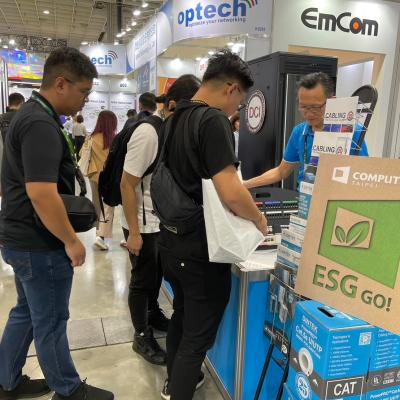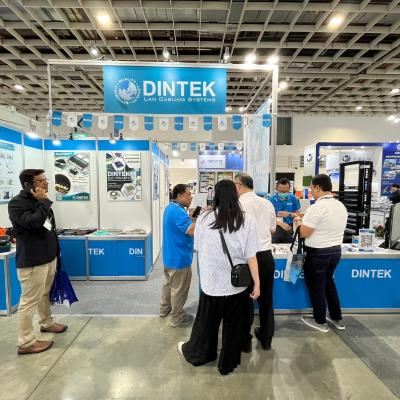Understanding Cable Bend Radius
Why it matters for Ethernet performance
When setting up a network, most people focus on cable type, length, and speed ratings—but one critical factor that often goes overlooked is the bending radius. Ignoring this aspect can lead to signal loss, performance degradation, and even physical damage to your Ethernet cables.
In this article, we’ll explore what bending radius is, how it affects Ethernet performance, and best practices to ensure optimal network reliability.
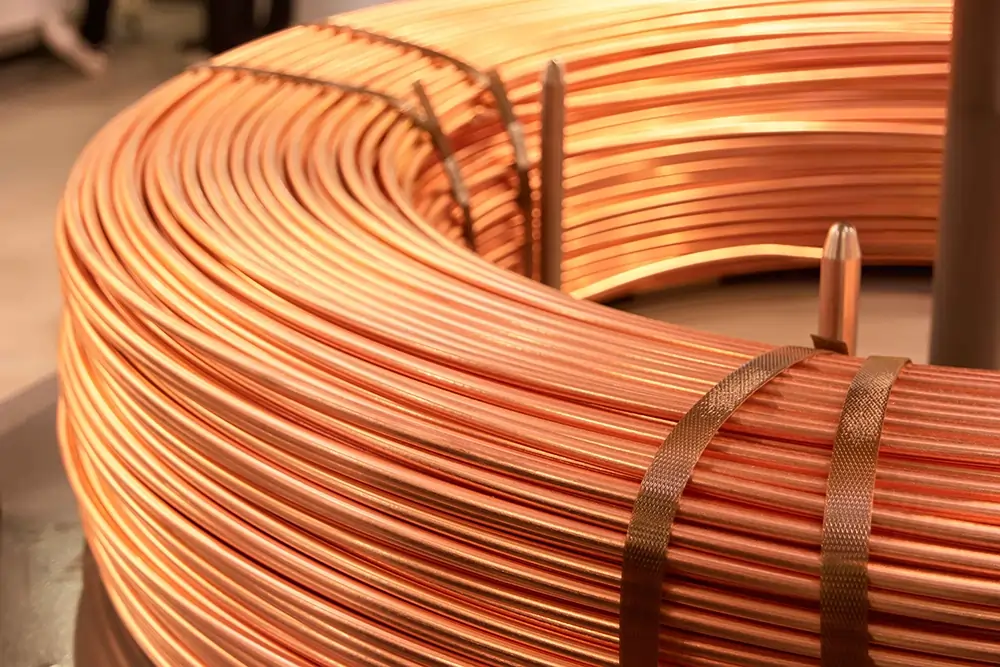
What is Cable Bend Radius?
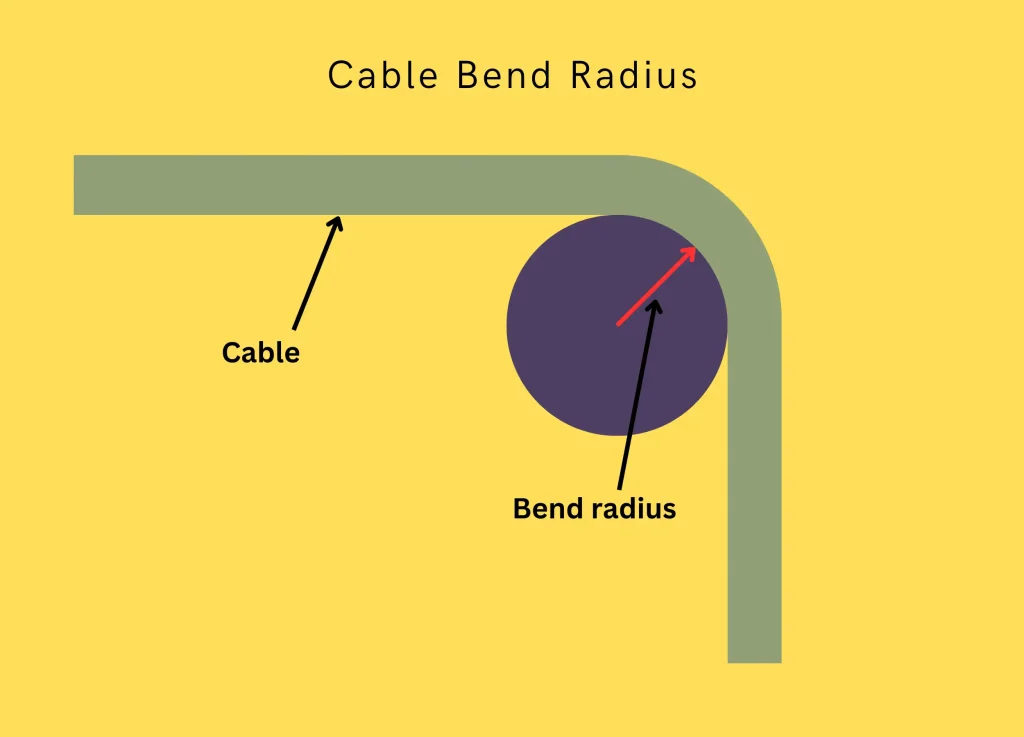
The bending radius of a cable refers to the minimum amount a cable can be bent without risking damage. It is typically expressed as a multiple of the cable’s diameter. For example, if a cable has a bending radius of four times its diameter and the cable is 10mm in diameter, it should not be bent into a curve smaller than 40mm in radius.
Cables contain internal conductors and shielding that ensure signal integrity. When a cable is bent too sharply, these internal components can be strained, causing performance issues or permanent damage. This can lead to intermittent connectivity issues, slower data transfer speeds, and in extreme cases, complete failure of the cable.
In structured cabling systems, maintaining proper bending radius is especially crucial. Data centers, offices, and industrial environments often have complex network infrastructures with extensive cabling requirements. Any deviation from recommended bending radii in such settings can cause widespread network disruptions, leading to downtime and increased maintenance costs.
Signal Integrity Issues
Excessive bending can alter the geometry of the cable’s twisted pairs, leading to crosstalk and increased interference. This may result in data transmission errors and slower network speeds. This issue is particularly relevant for high-frequency signals used in modern Ethernet standards, such as Gigabit Ethernet and 10-Gigabit Ethernet.
Increased Attenuation
Sharp bends can lead to higher attenuation levels, meaning the signal weakens over the length of the cable. This can be particularly problematic for high-speed networks such as Cat.6, Cat.6A, and Cat.7 cables, which rely on precise conductor positioning. Attenuation results in data loss, requiring retransmissions that slow down the network.
Physical Damage
Over-bending can cause the insulation or shielding within the cable to break down, leading to long-term performance degradation. In extreme cases, it may cause total cable failure, requiring replacement. Damaged cables can be challenging to diagnose, often leading to costly troubleshooting efforts and unnecessary downtime.
PoE (Power over Ethernet) Concerns
For networks using PoE, sharp bends can lead to higher resistance in the cable, increasing heat generation and reducing efficiency in power delivery. Excessive heat can degrade insulation and pose a fire hazard in extreme conditions. Ensuring smooth, gradual bends helps mitigate this risk and extends the life of PoE-enabled cabling systems.
Cable Shielding:
Shielded vs. Unshielded Ethernet Cable
Shielded Ethernet cables (STP - Shielded Twisted Pair) contain additional layers of shielding to protect against electromagnetic interference (EMI) and crosstalk. These are particularly useful in environments with heavy electrical interference, such as industrial areas or near large machinery. Unshielded Ethernet cables (UTP - Unshielded Twisted Pair) lack this additional shielding but are more flexible and cost-effective. UTP cables are commonly used in residential and office settings where interference is minimal. However, proper bending radius must still be maintained to prevent performance degradation.
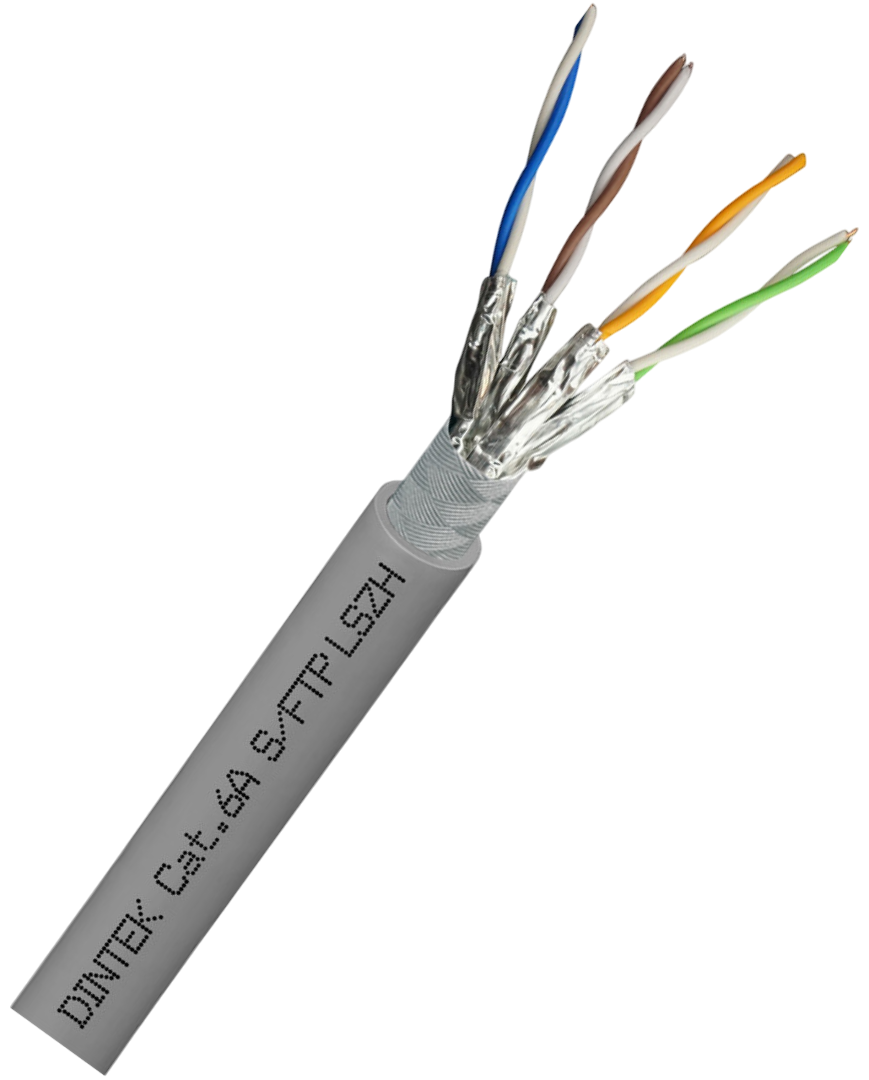
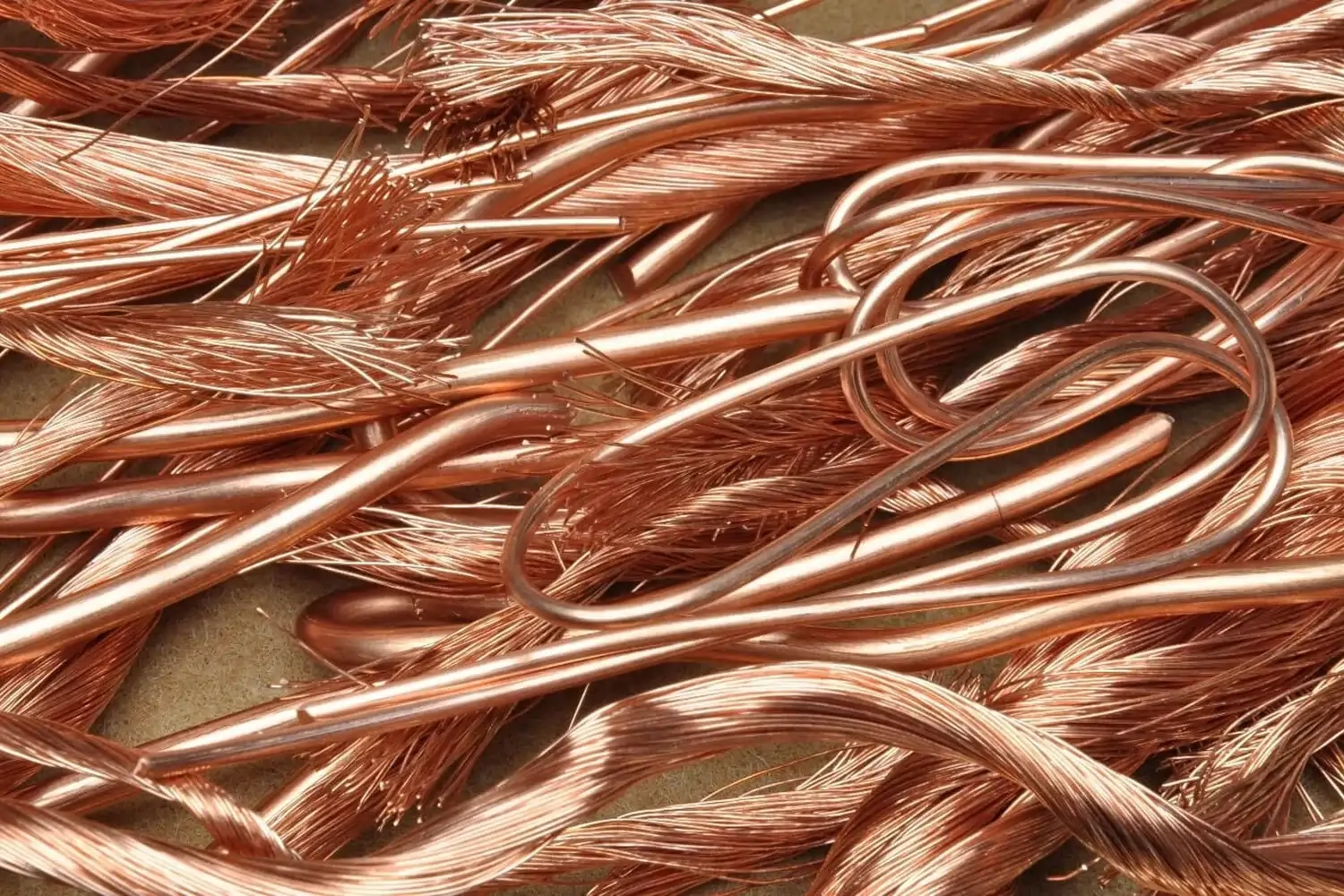
Cable Conductor:
Stranded vs. Solid
Ethernet Cable
Ethernet cables come in two main types of conductors: stranded and solid.
- Stranded Ethernet Cable: Consists of multiple small wire strands twisted together. These cables are more flexible and resistant to repeated bending, making them ideal for applications where cables need to be frequently moved, such as patch cables in office networks.
- Solid Ethernet Cable: Features a single solid conductor per wire, providing better signal integrity over longer distances. These cables are typically used in fixed installations, such as in-wall wiring or structured cabling systems, where flexibility is less important. Both types require adherence to their specific bending radius to avoid damage and signal degradation.
Both types require adherance to their specific bending radius to avoid damage and signal degradation.
How to Calculate the Cable Bend Radius of Ethernet Cables?
To determine the appropriate bend radius for an Ethernet cable, you can use this general formula:
Bend Radius = Cable Outer Diameter × Recommended Multiple
Different Ethernet cable categories have different recommended multiples:
Cat.5e and Cat.6 UTP: Minimum bend radius = 4 × outer diameter
Cat.6A and Cat.7 STP: Minimum bend radius = 8 × outer diameter
Fiber Optic Cables: Typically require a bend radius of at least 10 × outer diameter
For example, if a Cat.6A cable has an outer diameter of 8mm, the minimum bend radius should be 8 × 8mm = 64mm.
Best Practices to Maintain Proper Bending Radius
Check Manufacturer Specifications
Each cable type has a recommended minimum bending radius. Always refer to the manufacturer’s guidelines before installation. Different categories of Ethernet cables have different structural properties, so it's essential to know the specific requirements for the cable type you are using.
Use Cable Management Solutions
Employ structured cabling solutions like cable trays, raceways, or loops to maintain proper curvature and avoid excessive bending. Well-organized cable management systems not only protect against physical strain but also make maintenance easier and more efficient.
Avoid Tight Corners & Kinks
Route cables carefully around bends and avoid pinching them against sharp edges, which could exceed the bending radius. When cables are forced into tight corners, the internal wiring can become compromised, affecting performance.
Leave Extra Slack
Allow some slack in the cable runs to prevent unintentional over-bending, particularly when connecting devices or passing through tight spaces. This is especially important in installations where cables may need to be moved or adjusted over time.
Use High Quality Cables
Premium cables are designed with better shielding and flexibility, reducing the risk of damage from bending. Investing in high-quality cables may have a higher upfront cost, but it reduces the likelihood of needing replacements and minimizes downtime due to cable failures.
Train Installation Technicians
Ensure that network installers and IT personnel are trained in proper cable handling techniques. Poor installation practices are a major cause of network inefficiencies and failures, and training can help prevent costly mistakes.
Conclusion
The bending radius of Ethernet cables plays a vital role in maintaining network performance and cable longevity. Overlooking this factor can lead to signal degradation, physical damage, and inefficient data transmission. By following best practices and adhering to manufacturer recommendations, you can ensure a stable and high-performing network for years to come.
Whether setting up a home network or a large-scale enterprise infrastructure, proper cable handling and management will make all the difference in achieving reliable and efficient connectivity. Paying attention to small details, such as bending radius, ensures smooth data transmission, reduces maintenance costs, and extends the lifespan of your cabling infrastructure.




